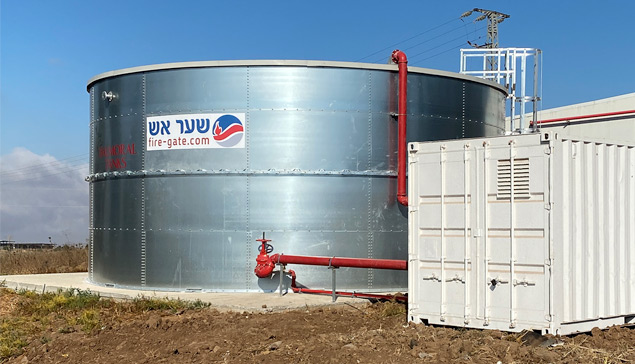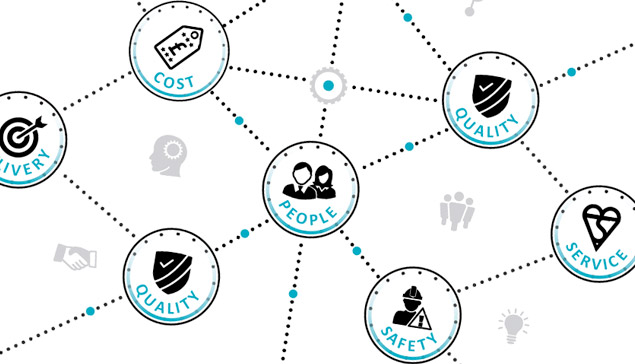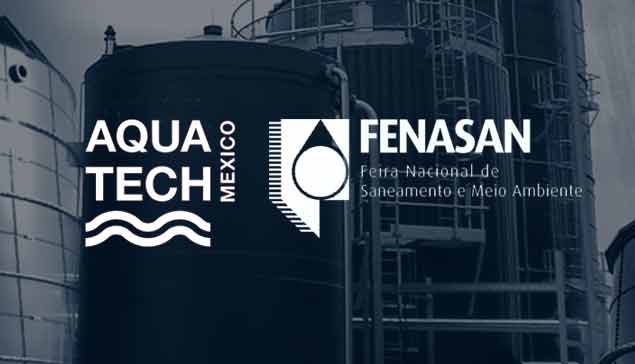
Commentary - June 2022
Top frequently asked questions on fish farming tanks
Aquaculture tanks are a cornerstone of the RAS sector and come in a variety of sizes, materials and configurations; choosing the right one for your project can seem like a daunting task. In this article, we answer the most frequently asked questions about RAS tanks.
Q1. How big does a RAS tank need to be?
There is no definitive answer to this because there are several factors that can affect both the size and functionality of the tanks including the choice of species and environmental conditions. With careful planning and selection of equipment, however, you should be able to find an appropriate RAS tank that meets all your needs.
Q2. What’s the difference between land-based and offshore fish farm tanks?
Fish farming involves the controlled breeding, rearing, and harvesting of fish in tanks that are either located onshore or out in the ocean. Land-based fish farms typically use several linked enclosures known as RAS tanks.
These tanks can be filled with fresh or salt water and the fish are allowed to swim freely within them. Offshore fish farms, on the other hand, are floating structures (tanks, nets and pens) that are anchored to the ocean floor.
Q3. What material should I choose for my aquaculture tank?
When selecting a material for a RAS tank, there are several factors to consider. For instance, they need to be durable and strong enough to withstand the constant flow of water and fish waste. They should also be chemically resistant as RAS tanks are often filled with specialized aquaculture solutions that can quickly degrade other materials.
Additionally, RAS tanks need to be non-toxic as they will be in constant contact with delicate fish tissue.
Some materials offer better durability than others, so it is important to think about how often the tank will be moved or cleaned to select the best option for your business.
RAS tanks are typically formed of one of three materials:
- Glass reinforced plastic (GRP)
- Concrete
- Bolted steel
Balmoral’s leading brand, blutanQ, is engineered in coated steel, a material selected for its high levels of performance, durability and longevity.
Q4. Will the various RAS tank types support the necessary mechanical loads applied to them during operations?
We advise clients that GRP RAS tanks are not guaranteed to accept all mechanical loads and fish farmers should be mindful that it’s not uncommon for the material to bend when excess pressure is applied.
Steel, on the other hand, is more rigorous and adaptable, depending on location, and in boasting several different fixing points, is largely robust and geared for accepting most loads.
Concrete, predictably, is excellent from a load bearing standpoint. That said, its structures can complicate the ease at which elements can be fixed to it.







